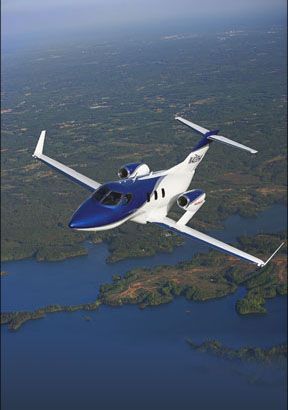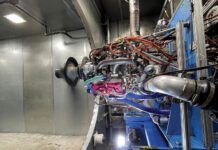After you look at it for awhile and not a very long while at that the thing thats most noticeable about the HondaJet isn’t that the engines are mounted on those weird stalks on top of the wing, but rather that you don’t really notice that the engines are mounted on weird stalks on top of the wing. The reverse pylons position the engines up where the eye expects to see them anyway, which is where everyone else puts them, on the aft end of the fuselage. But if weirdness, no, make that 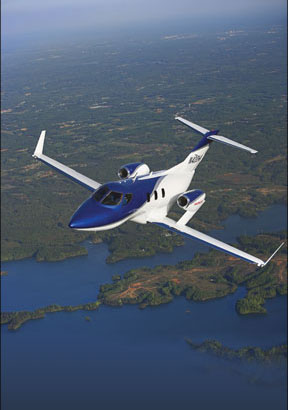
Against this backdrop comes Honda, a fabulously successful automotive giant with zero commercial experience in designing, building and selling airplanes attempting to muscle into a market
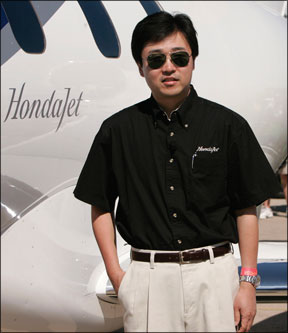
268
that may already be over-served even before the first customer gets his sticky mitts on an officially certified VLJ.
And if that werent audacious enough, while the Eclipses, the Cessnas and the Adams enlisted the aid of established engine makers such as Pratt & Whitney and Williams International, Honda will build both the airplane and the engine, both clean sheet designs. General Electric has signed on to help with the engine, but it has no recent experience in small-thrust turbofans. And by the way, Honda says the enterprise will be run largely by guys brought over from the Acura luxury car division.
From time to time, it has been fashionable to ascribe the success of Japanese industry to plodding, incremental but modestly innovative attacks on sure-bet markets. If that was ever true for
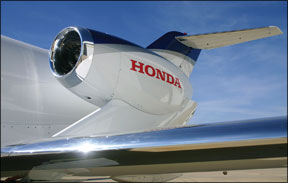
Honda, the HondaJet blows the notion straight to hell.
Behind the Veil
Japanese companies are famous for being secretive and inscrutable, revealing only what they think will serve their interest and only when theyre good and ready. Honda is no different so it was quite a newsworthy event when the company threw open the doors of its well-guarded skunk works in Greensboro, North Carolina last fall for a press tour.
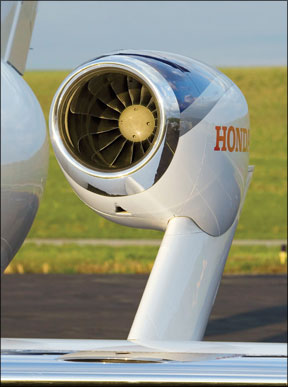
268
The curtain was raised for a mere half day, but what was inside proved a fascinating glimpse into what looks like a new way of doing business in the world of VLJs. So secret has this project been that Honda Aircraft Companys CEO, a vibrant engineer named Michimasa Fujino, told us that the mother company only recently allowed him to put signs on the building identifying it as a Honda facility.
For those who doubt Hondas seriousness we arent among them, by the way there’s this to consider: Although the world caught glimpses of the companys jet engine development years ago, details were scarce. But when Honda finally pulled the wraps, it revealed a full-blown, fully functional test article we’ll into the process of envelope expansion, all before it even applied for the certification process. When we visited HondaJet in November, the
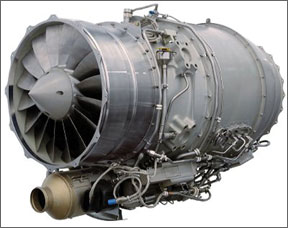
single test airplane had accumulated 278 hours in 197 test flights. In a world where a mock-up and a press release seems to constitute an airplane introduction, we found this to be refreshingly concrete.
Still, Honda has its work cut out for it. Although it appears late to market its estimating first deliveries in 2010, four years behind Cessnas Mustang it may also be much further along than other programs appear to be because Honda has done so much behind-the-scenes work before coming out of the ground.
But unlike the other manufacturers, the fact that Honda will certify and build its own engine an utterly fresh design that doesnt spring from anything that went before it raises the certification and production difficulty enormously, if not by an order of magnitude. General Electric, of course, knows the certification ropes, but this is still a new engine in a thrust class GE hasnt tackled in commercial markets. What GE has, however, is years of jet engine experience and a track record of successful joint ventures including one with its chief rival, Pratt & Whitney, to build engines for the giant Airbus A380.
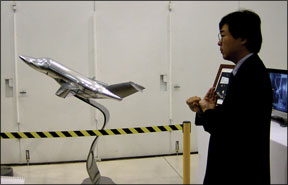
For a company accustomed to building motorcycles, cars and lawnmowers in the hundreds of thousands, Honda seems to understand that airplanes are different and VLJs are different yet. Fujino says the company is thinking in terms of hundreds, not thousands, and we wouldnt be surprised if Hondas spreadsheet is viable at under 200 airplanes a year. As is the way in Japanese industry, Hondas metric for success extends far into the century, not just the next quarter.
To understand why Honda thinks its jet is different and maybe better, the luxury car market is an apt analogy. Hondas Acura line has successfully expanded the companys market reach beyond the Civic and Accord into a world populated by BMW and Lexus. While
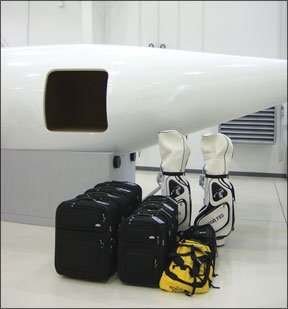
Acura doesnt lead this league, it has done respectably by offering reliable cars and SUVs that are high on comfort and detail, mechanical reliability and economy, at competitive prices.
And sure enough, says Doug Danuser, HondaJets sales and marketing manager, Honda will pitch three qualities to would-be buyers of its jet: performance, comfort and quality. A fourth benchmark is efficiency which, like quality in Japanese cars, is all but a given. But all of those talking points are inextricably linked to what drives the success or failure of every aircraft project: the engine.
Home Grown
HondaJets Fujino told us that the HondaJet is an entirely homegrown product, with little outside technology. The largest single exception seems to be the Garmin G1000 glass suite or whatever the generation of that product that goes into the certified HondaJet will be called. The simulator we flew in Greensboro had what appeared to be an off-the-shelf G1000.
Although Honda has vertically integrated aircraft development, it has clearly delineated engine from airframe, just as Cessna, Eclipse, Adam and a handful of other makers do. As youd expect, Fujino is intimately familiar with every detail of the airframe, but he politely referred detailed questions about the engine to the GE Honda Aero Engines division, just as the Acura car guys refer airplane questions to Fujino.
The engine in question is the HF118, a 1700-pound thrust turbofan that Honda hatched from its own developmental work in Japan. And theyve been at it awhile, with toe-in-the-water forays and experimental projects originated as early as 1986.
In the still-new world of VLJs, its generally conceded that what made the airplanes possible was a confluence of technology and market conditions that drove down the cost of manufacturing turbine engines to the extent that a $2 million jet was feasible. Further, many in the business believe that below a certain cost of entry variously believed to be between $2 and $3 million the market is broad enough to support what is essentially more than a doubling of current small jet manufacturing. With its 600-series engines used in the Cessna Mustang and Eclipse, Pratt & Whitney is an avowed believer in this wisdom.
But at $3.65 million, the HondaJet is more than twice the price of the market price leader, Eclipse. Its also faster, carries more and flies further and compared to other VLJs, the HondaJets cabin is immense. Added together, all this means that the entire show is riding on an untested engine designed by a company with no track record in aviation, never mind turbofans.
GEs Role
And that is precisely the reason for Hondas shrewd 50/50 partnership with General Electric, a company that has certified 10 turbofan engines in as many years. Interestingly, says GEs Rick Kennedy, Honda has been working on what is now the HF118 for some 20 years, nearly as long as GE has been a leader in the commercial jet engine markets. Kennedy and GE program manager Mark Wagner told us the engine is hardly a wet-ink prototype.
When Wagner signed onto the project two years ago, the Honda turbofan was in its fifth generation and has thus far accumulated about 800 test flight hours on the HondaJet and a Citation testbed. Its hardly production ready, but from the outside looking in, it appears closer to certification than the ill-starred Williams EJ22 was when Eclipse planned to use that GAP-developed engine for the Eclipse 500.
The economics of the small jet market are unyielding and the same for every company in the field: the engines have to be cheaper to manufacture than whats gone before, have long TBOs and economical maintenance and theyll have to be fuel efficient to allow for the fact that VLJs don’t have much room to tanker fuel. Inefficient engines could kill their range and their marketability.
GEs Wagner says Honda has addressed this in ways that wouldnt necessarily have occurred to GE. “What we really looked at is total economics. What is the customer going to see when operating the product?” Wagner says. For GE Honda, the Holy Grail has been a triad of lowest fuel burn, lowest weight and highest TBO about 5000 hours is planned, which GE says is 40 percent higher than the closest market competitor. To achieve these goals, GE and Honda looked carefully at all the fifth-gen engines internal flows especially compressor aerodynamics and optimized everything for thermodynamic performance with weight impact a constant concern.
What Honda brought to the table was a single-stage high-pressure ratio core with a moderate bypass ratio, something GE hadnt considered doing in this thrust class. The pressure ratio in the HF118 is 5-to-1; other engines in this class are about 3.5 to 1. The bypass ratio is nearly 3 to 1 and limited due to internal cooling issues.
The higher pressure ratio allows higher temperatures and thus more efficiency; the fact that the HF118 does this with less turbomachinery means its both lighter and easier to manufacture. Wagner says Honda has used traditional materials and processes to achieve this and if there’s any magic in the HF118, its carefully tweaked internal aerodynamics. Wagner says GE Honda is planning for fuel efficiency in the .7 SFC range, which he says will be 5 to 10 percent better than competitors.
We asked Wagner if he sees any rock-in-the-stream worries on the way to certification. “At the beginning of a certification program, your worry list is pretty long. But thats the purpose of the certification program, to demonstrate that your design is viable.” Wagner says from his perspective, the engine program is about where it ought to be in both schedule and technical maturity.
Conclusion
For those who wonder if the HondaJet is a real venture or just a trial balloon, our view is that it appears to be as real as these things get. To a degree most of us don’t like to admit, emotion plays a role in airplane buying decisions, which may explain why some of the competing jet makers have clucked at the over-wing engines as too off the mainstream to appeal to masses of serious buyers. Then there’s the Tiffany price, which competitors may feel will be easy to sell against.
Were not so sure about that. When those Acura-guys-turned-airplane guys start flogging these things, the fact that the HondaJet cruises 50 knots faster than the typical VLJ and carries enough baggage to keep Paris Hilton dressed for a month is bound to siphon buyers away from competitors. But the cabin, with its luxuriously large near-stand-up lav may be the clincher for many buyers to whom a $1 million price Delta isn’t a big deal. Buyers with that kind of money are sophisticated enough not to get their pants snagged on how the engines are mounted.
The most intriguing aspect of the Honda project is to see how we’ll or even if the company can pilot such an audacious concept into a sustainable business. In our view, that alone makes the HondaJet far and away the most interesting of all the VLJs.

